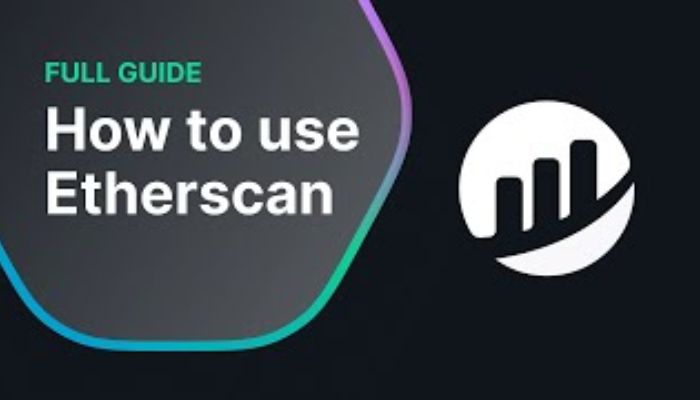Tracking and handling digital assets has become very important for investors and traders as the use of cryptocurrencies grows. To effectively keep track of coins and transactions, Etherscan, a well-known Ethereum blockchain explorer, provides comprehensive tools. Let’s know more about “5 Steps to Mastering Token Tracking on Etherscan?”.
According to the etherscan Following these five steps will help users become experts at tracking tokens on Etherscan.
5 Steps to Mastering Token Tracking on Etherscan
Step 1: Access Etherscan Website
It’s first necessary to go to etherscan.io, which is the main Etherscan website. Then, users can type in their Ethereum wallet handle and press “Enter.” The move will take you to the wallet’s overview page, which shows all the transactions and tokens that are linked to that address.
Step 2: Explore Token Balances
Members can find the “Token Balances” area on the wallet overview page. In this part, the wallet’s ERC-20 tokens and their current amounts are listed. As a result, users can quickly see how many tokens they own and keep an eye on multiple tokens at once.
Step 3: Dive into Transaction History
Customers can learn more about token transactions by clicking on a specific token in the “Token Balances” area. For that token, this action shows a full transaction history, including incoming and outgoing transfers, timestamps, transaction hashes, and the confirmation state. Customers can correctly follow the movement of their tokens with this data.
Step 4: Add Custom Tokens
User can add tokens that aren’t shown immediately in the “Token Balances” section. Clicking on “Add Custom Token” and adding the token contract address, symbol, and decimal precision makes sure that Etherscan’s platform correctly displays all of a user’s token holdings.
Step 5: Utilize Advanced Features
Many advanced tools in Etherscan make it easier to track tokens. “Token Tracker” gives you up-to-date information on prices, market trends, trade volume, and more for tokens. Alerts can be set up for particular token activities or price changes to make sure users stay up to date on their investments.
Also Read: How to Protect themselves from Etherscan ads phishing Crypto scams?
FAQ on Mastering Token Tracking on Etherscan
Q1: How safe is it to use Etherscan to keep track of tokens?
Strong security methods are used by Etherscan to keep user data and transactions safe. Of course, users should always follow good security practices, like keeping their secret keys safe and using two-factor authentication when it’s available, to make things even safer.
Q2: Can I use Etherscan to keep track of tokens that aren’t ERC-20?
Of course, Etherscan can keep track of many different tokens, even ones that aren’t based on Ethereum standards, like ERC-721 coins that can’t be exchanged for cash. Etherscan lets users get a full picture of all their digital assets by adding special tokens to their tracking list.
Q3: Is there a cost to use Etherscan to keep track of tokens?
You can use Etherscan for free to do simple tracking and exploration. Some more advanced functions or services, on the other hand, may need a subscription or payment. People who want to use Etherscan should look at its prices and services to see if there are any hidden costs for certain features.
Conclusion
Everyone who uses Ethereum needs Etherscan because it provides protection, transparency, and real-time data insights. Noting that Etherscan gives useful details, investors should always be careful, do a lot of research, and get professional help when they need it to make smart choices about their cryptocurrency purchases. User can confidently handle the constantly changing crypto world and get the most out of their investments if they have the right information and tools. I hope all the information about “5 Steps to Mastering Token Tracking on Etherscan?”.
Disclaimer: This article’s information comes from sources that are open to the public and is only meant to be informative. Prior to making any financial choices, readers are advised to do their study and due diligence. This article’s author and publisher are not responsible for how accurate or full the information is.







